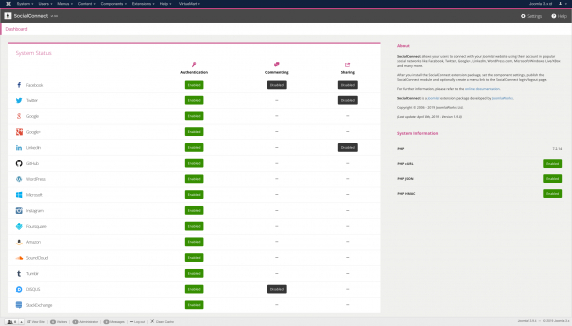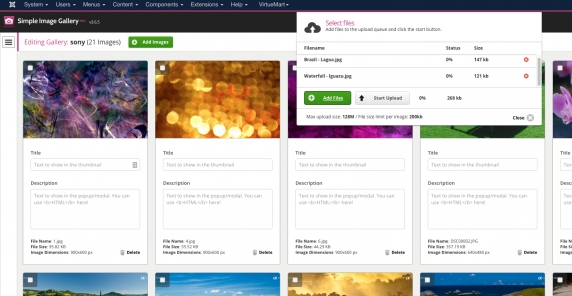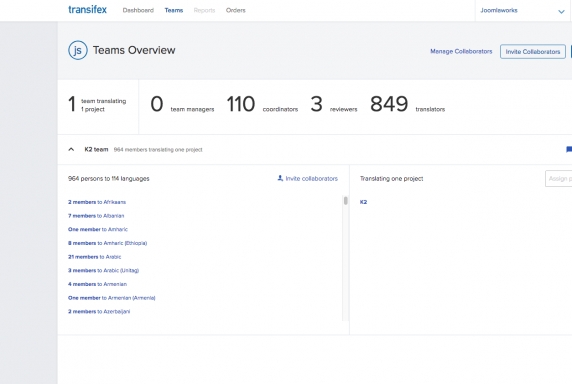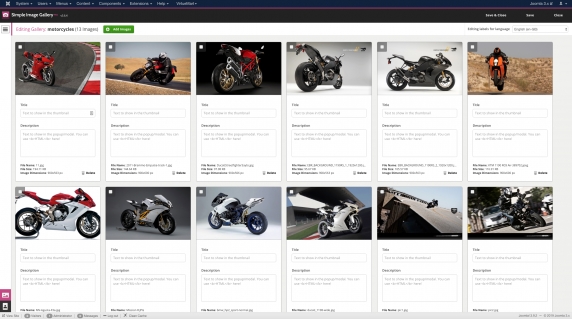SocialConnect v1.9.0 has just been released. It mainly improves compatibility with Twitter and LinkedIn API updates (either already in force or soon to be enforced).
Wow! K2 translations have reached a new milestone! There are now 89 active language teams (out of 114 in total) with 849 active translators (out of 964 registered). As we are nearing the launch of K2 v2.10, translation teams have also started wrapping up incoming changes to the K2 language files and we are seeing increased activity across the board. So a big thank you to all K2 translators for their hard work!
Simple Image Gallery Pro v3.6.4 has just been released. This is both a bugfix and feature-improvement release.
Today we're releasing v3.7.0 of Simple RSS Feed Reader, one of the most popular feed reader modules in the Joomla community.





